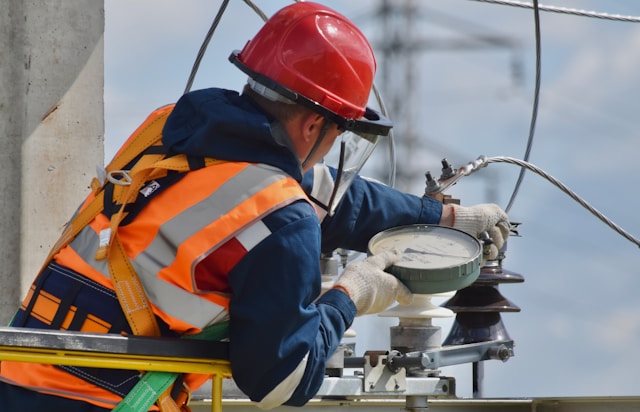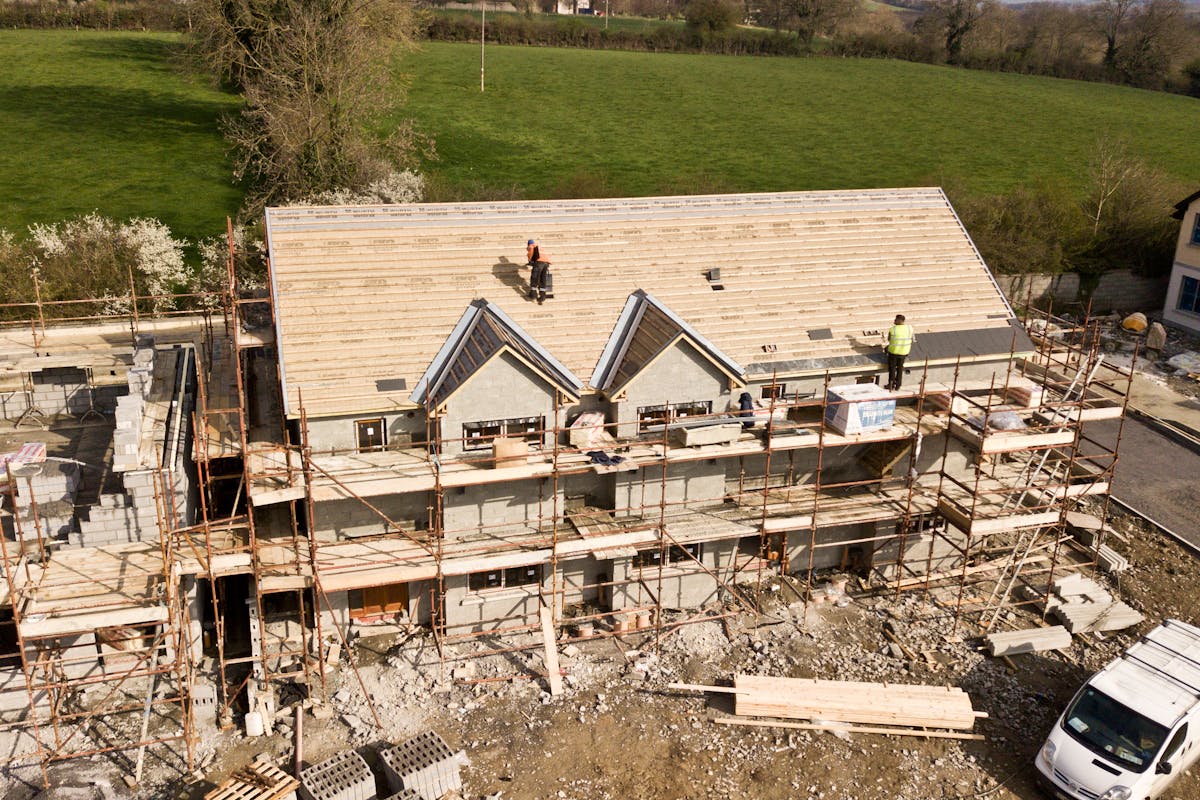
- Older homes may lack modern safety features, requiring strategic upgrades for enhanced security.
- Electrical safety can be improved by upgrading wiring and installing GFCIs in moisture-prone areas.
- Fire safety measures include updating smoke detectors and creating fire escape plans for all residents.
- Fall prevention strategies involve improving lighting and installing handrails and grab bars.
- Enhancing security entails upgrading locks, installing outdoor lighting, and considering smart security systems.
Living in an older home comes with its own charm and character, but it also presents unique challenges, especially regarding safety. While older homes boast timeless architecture and historical appeal, they may lack the modern safety features found in newer constructions. However, with a few strategic upgrades and adjustments, you can enhance the safety of your older home and create a secure environment for you and your family. In this article, we’ll explore five essential tips for improving safety in an older home, ensuring peace of mind and comfort for all residents.
1. Electrical Safety:

Electrical systems in older homes are often outdated and may not meet current safety standards, increasing the risk of electrical hazards. Here are some tips to enhance electrical safety:
Inspect and Upgrade Wiring:
Hire a qualified electrician to inspect the wiring in your home, paying particular attention to any outdated or deteriorating components. Consider upgrading to modern wiring systems that meet current safety codes to reduce the risk of electrical fires and shocks.
Install Ground Fault Circuit Interrupters (GFCIs):
These help prevent electrical shocks, especially in areas prone to moisture, such as kitchens, bathrooms, and outdoor outlets. Install GFCIs in these locations to minimize the risk of electrical accidents.
2. Fire Safety:
Older homes are more susceptible to fire hazards due to outdated construction materials and a lack of modern fire prevention measures. Here’s how you can improve fire safety:
Update Smoke Detectors:
Replace old smoke detectors with newer models that comply with current safety standards. Install smoke detectors in every bedroom, hallway, and living area, ensuring comprehensive coverage throughout the house. Test the detectors regularly and replace batteries as needed.
Create Fire Escape Plans:
Develop and practice fire escape plans with all household members, identifying primary and secondary escape routes from each room. Ensure that windows open easily and that everyone knows how to operate them in case of an emergency. Consider installing fire escape ladders for rooms on the upper floors.
3. Fall Prevention:
Falls are a leading cause of injuries, especially among older adults living in older homes with uneven surfaces and narrow staircases. Here are some tips to prevent falls:
Improve Lighting:
Ensure adequate lighting in all areas of your home, including staircases, hallways, and outdoor pathways. Replace dim or flickering bulbs with bright, energy-efficient lighting to enhance visibility and reduce the risk of tripping and falling.
Install Handrails and Grab Bars:
Install handrails along staircases and bathroom grab bars to support and stabilize residents, particularly those with mobility issues. Make sure handrails are securely fastened and can support the weight of individuals using them.
4. Security Enhancement:
Older homes may lack the robust security features in newer constructions, making them vulnerable to break-ins and intrusions. Here’s how you can enhance security:
Upgrade Locks and Deadbolts:
Replace old locks and deadbolts with high-quality, tamper-resistant models to strengthen your home’s security. Consider installing smart locks that monitor and control access remotely via smartphone apps.
Install Outdoor Lighting:
Illuminate the exterior of your home with motion-activated lights to deter intruders and enhance visibility during nighttime. Place lights strategically around entry points such as doors, windows, and garage entrances to minimize dark areas where burglars could hide.
5. Bathroom Safety:
The bathroom is one of the most accident-prone areas in any home, particularly for older adults. Here are some tips to improve safety when starting a bathroom remodeling project:
Install Non-Slip Flooring:
To prevent slips and falls, especially in wet conditions, replace slippery flooring materials with non-slip options such as textured tiles or slip-resistant vinyl. Consider adding bath mats with suction grips for additional traction near showers and tubs.
Upgrade to Accessible Fixtures:
Replace traditional fixtures with accessible alternatives designed for individuals with mobility challenges, such as walk-in showers with low thresholds, comfort-height toilets, and adjustable handheld showerheads. These modifications can improve accessibility and reduce the risk of accidents in the bathroom.
Improving safety in an older home requires a proactive approach and strategic upgrades to address potential hazards and vulnerabilities. By focusing on electrical safety, fire prevention, fall protection, security enhancement, and bathroom safety, you can create a safer and more secure living environment for you and your family. Whether you’re making minor adjustments or undertaking a full-scale renovation, investing in safety upgrades will provide invaluable peace of mind and ensure that your older home remains a comfortable and secure haven for years to come.

